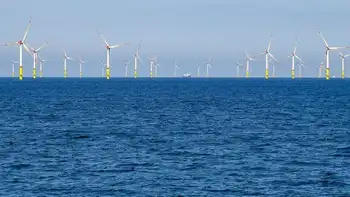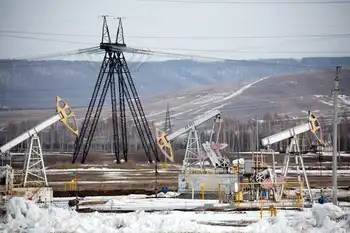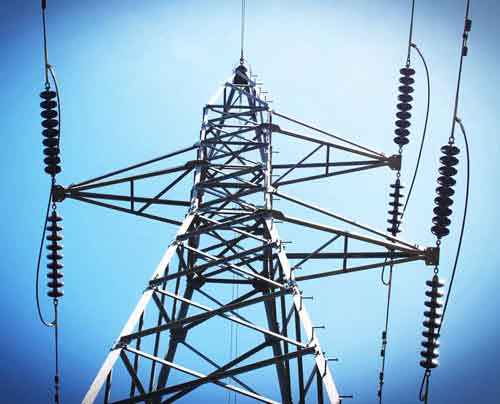Utilities pull application for Virginia power line
By Washington Times
CSA Z462 Arc Flash Training - Electrical Safety Essentials
Our customized live online or in‑person group training can be delivered to your staff at your location.

- Live Online
- 6 hours Instructor-led
- Group Training Available
PATH Allegheny Virginia Transmission Corp. said it would refile the application in 2010 based on updated load forecasts. The original application was based on 2014 energy-demand forecasts.
The State Corporation Commission scheduled a Wednesday hearing to consider the motion.
Allegheny Energy and partner American Electric Power have proposed building the 275-mile line from AEP's coal-fired John Amos plant in West Virginia, across 31 miles of Northern Virginia, to a substation near Kemptown, Maryland. The power line is amid various stages of regulatory review in West Virginia and Maryland.
Both utilities have argued that the 765-kilovolt transmission line is necessary to ensure reliability of the Mid-Atlantic region's electrical distribution system past 2014. The line was authorized in 2007 by PJM Interconnection, which manages the grid system for a 13-state region.
In its motion to Virginia regulators, PATH said it intended to filed a new application next year "based on the most current information then available" and propose reviews that align with other regulatory schedules in Maryland and West Virginia.
Opponents, arguing that energy demand has waned and the transmission line is not needed, said the motion was just the concession they were seeking from the utilities.
Demand has been driven down by energy efficiencies and customers cutting back on energy use in a sour economy, said Abigail Dillen, an attorney who is to represent the Sierra Club at the regulatory hearing in Richmond.
At least 250 groups representing landowners, the Sierra Club, local county commissions and boards of education are opposed to PATH's construction.
"This is a bid to bring cheap, coal-fired power to the East Coast," Miss Dillen said. "What it would allow is some of the oldest, dirtiest plants in the country to ramp up their capacity."
Opponents have pushed for a "smart electric grid" using wind power and other sources.
The West Virginia Public Service Commission has rejected a staff recommendation to dismiss an application for the multistate power line. It delayed a final decision on the project until February 2011.
West Virginia staff also argued that any decisions on the line should be delayed until electrical power need projections are updated.
The Maryland Public Service Commission rejected an application for the 20-mile Maryland segment in September, saying the proposed operator was not an electric company. A new application has been filed by Potomac Edison Co., one of Allegheny's electric utilities.











